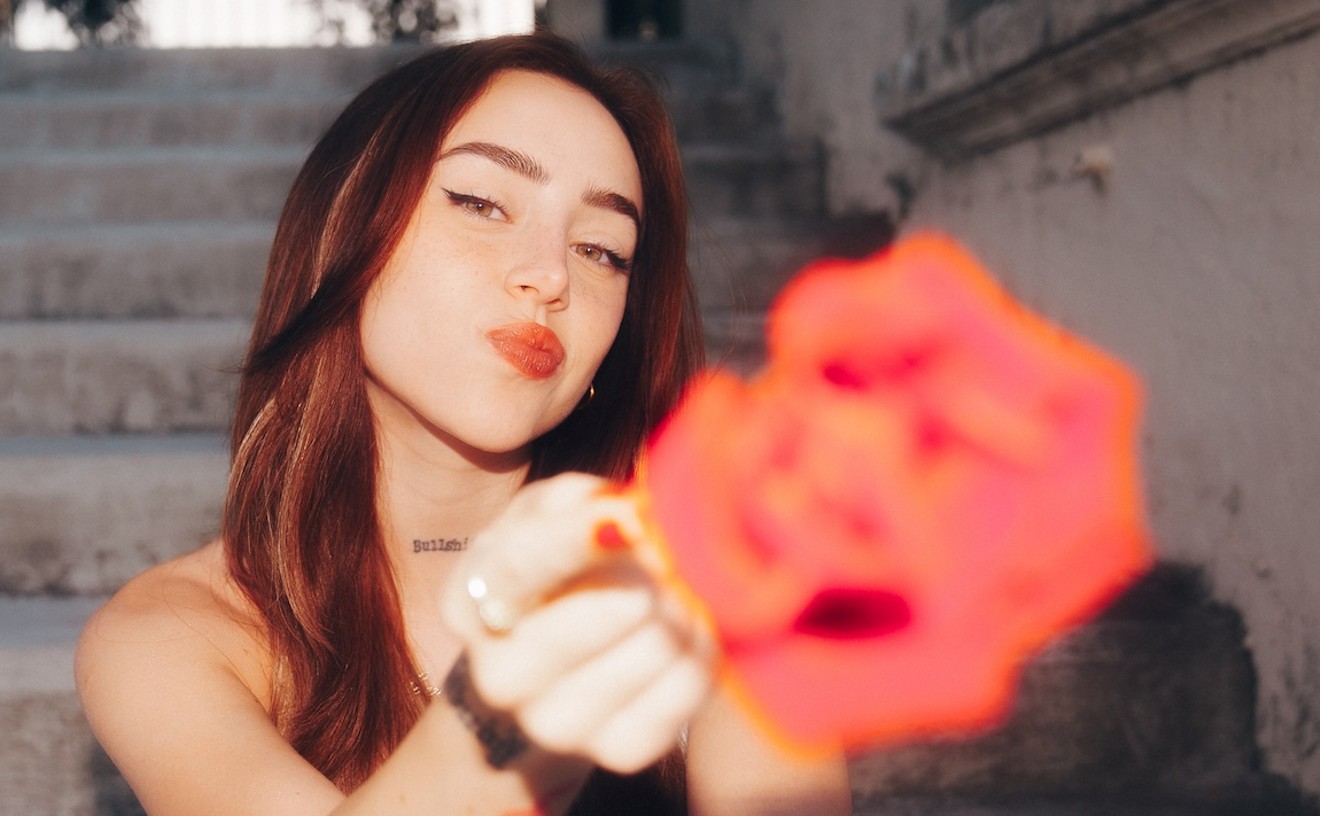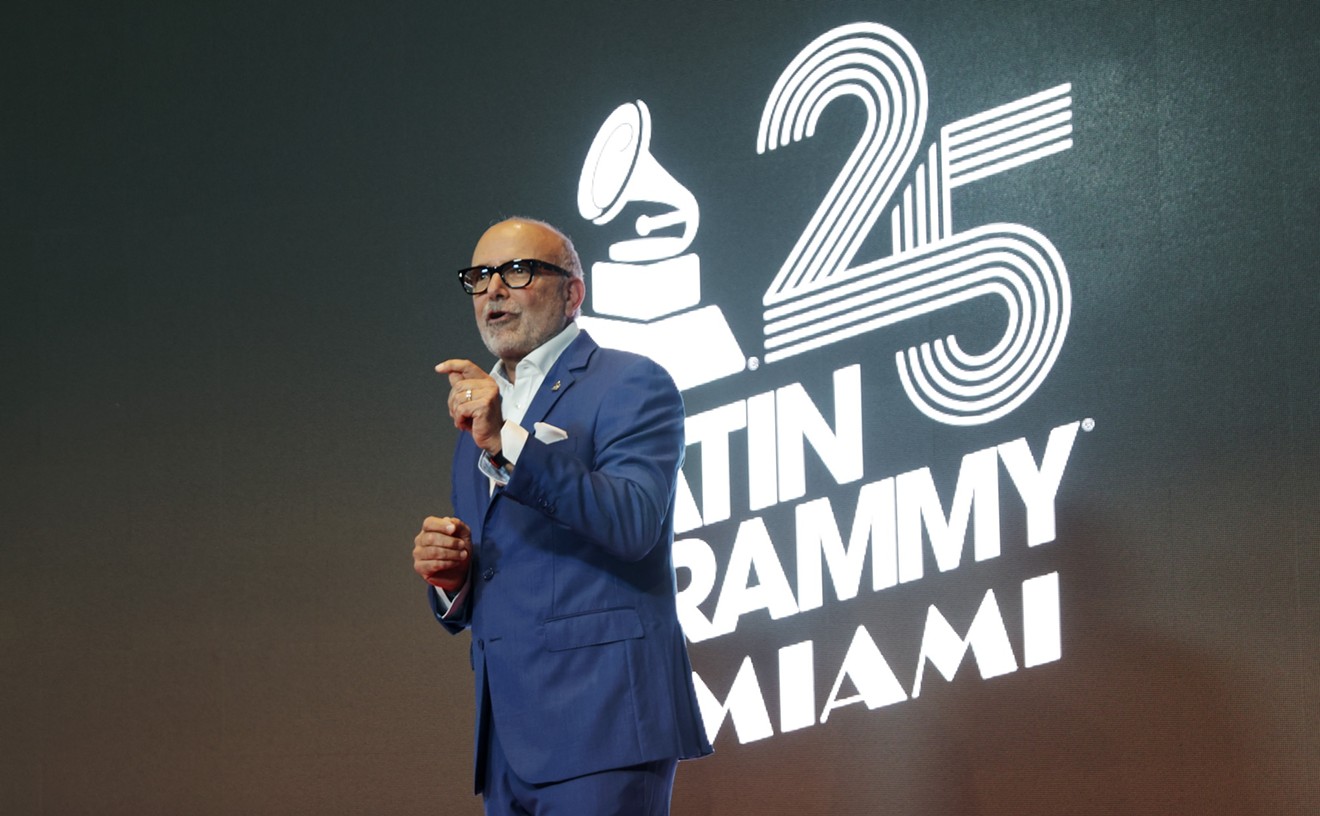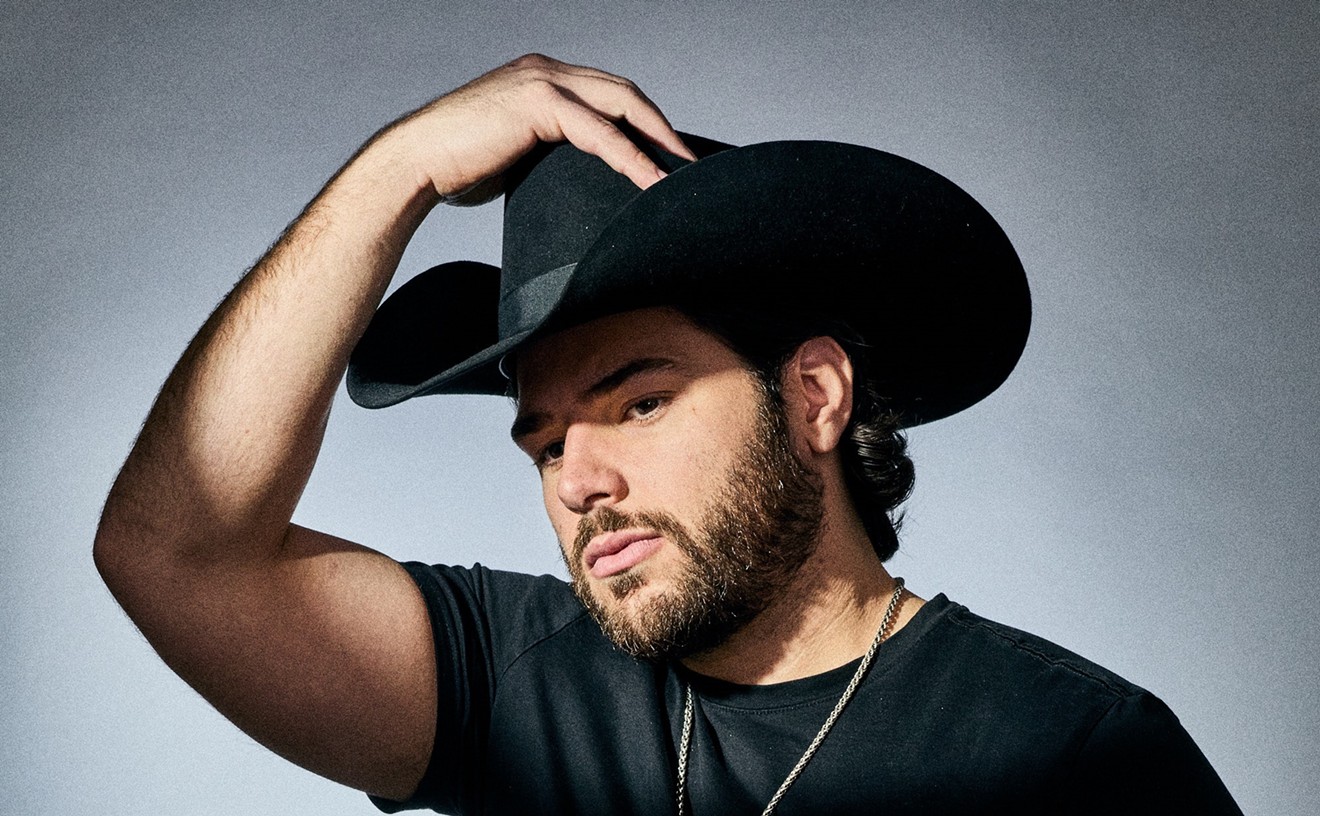Hip-Hop Hors D'oeuvres
There were at least a couple of classic albums (Beanie Sigel's The B. Coming and Kanye West's Late Registration) and a slew of great ones (Madlib's The Further Adventures of Lord Quas, Young Jeezy's Let's Get It: Thug Motivation 101, and The Game's The Documentary) in 2005. Balance these albums with a steady procession of club-banging singles (Trina's "Don't Trip" and Ying Yang Twins' "Wait [The Whisper Song]"), as well as weepy ghetto ballads (G-Unit's "Hate It or Love It" and Damian Marley and Nas's "Road to Zion"), and you have a solid, if not spectacular, year for hip-hop.
But beneath the surface lurked a restlessness — a cultural and an aesthetic agitation that was both hidden and violent. The nation's roiling political climate added a certain postmillennium tension, but there was also a collective desire for the genre to move beyond 2004's crunk and pop-hop template. Some artists looked to hip-hop stepchildren such as grime, one-drop reggae revivalism, and reggaeton, while others banked on the emergence of the new and exciting scene in Houston to liven things up. In this vein, we examine three major trends that shaped this year in hip-hop.
Still Tippin': The Emergence of H-Town Rap: Yeah, "Still Tippin'" is two years old and at this point more played out than Stan Van Gundy. But when hip-hop historians look back at 2005, chances are it will be remembered as the year H-Town rap broke. The city's hip-hop scene had been poppin' since long before The Geto Boys put the South on the map with 1991's "My Mind's Playin' Tricks on Me," but though great and innovative music had been coming out of the region from artists such as DJ Screw and UGK, Houston rap was viewed as too insular, too esoteric, and just too Southern.
All of that changed with "Still Tippin'." The song introduced Houston's new rap vanguard — Paul Wall, Slim Thug, and Mike Jones — and though it wasn't technically screw music, it's austere synth swells and simple yet menacing beat did seem to announce the arrival of a new hip-hop aesthetic. The corresponding video was the icing on the cake. The video's grainy, low-budget look and communal focus seethed an unearthed underground vitality that was reminiscent of Dr. Dre's 1992 classic "Nuthin' but a öG' Thang."
The promise of "Still Tippin'" went largely unfulfilled. Unlike Dre's early Cali revolution, Houston would neither largely reconfigure how hip-hop sounds nor produce any genuine superstars. Sure, Bun B's Trill was great, but it paled in comparison to his earlier UGK material. And Mike Jones's Who Is Mike Jones? was little more than a series of marketing gimmicks disguised as an album. Though Slim Thug's Already Platinum was decent enough, with most of the production duties handled by the Neptunes, it wasn't exactly an H-Town album. And after all the excitement and hype that followed Paul Wall, it was disappointing to discover on The People's Champ that he was merely a mediocre rapper with a shiny grill. In the end, Houston felt like more of a pleasant diversion than a genuine transformation.
Stop Snitching! Hip-Hop Goes to Jail: In 2005 it seemed as though every week another hip-hop figure was getting arrested, going to jail, or whining to the press about the bias of judges or the unfairness of his parole hearing. Philly MC Cassidy celebrated his first Top 10 hit — the infectious early-summer jam "I'm a Hustla" — by allegedly going on a killing spree in his old neighborhood. After foisting the noisome "So Icy" on an ice-saturated public, Atlanta MC Gucci Mane was arrested not once but twice — first for murder and later, in Miami, for aggravated assault. And while Beanie Sigel's The B. Coming may have been criminally overlooked by fans, he certainly wasn't ignored by the law. By the time his album dropped in March, he was in jail for a litany of charges too extensive to list in just one edition of this paper.
Whew. And the beat goes on. Meanwhile the angels at Murder Inc. (home to Ja Rule and Ashanti) were indicted (and amazingly acquitted) on money-laundering charges involving Eighties drug lord Supreme McGriff. Over in Texas, UGK's Pimp C remained behind bars for brandishing a firearm. And up-and-coming Miami rapper Dirtbag returned to jail for violating his probation.
Lil' Kim's perjury case took the cake, though. During her trial, she denied being at the scene of the crime despite numerous eyewitnesses and a surveillance tape that clearly showed otherwise. It was a tragically logical conclusion to the "Stop Snitching" campaign that has become hip-hop's unofficial motto.
But it's too simple to throw up one's hands and declare that rappers are out of control. The truth is that rap listeners are just as culpable as the artists. What qualifies as bad behavior for most of the world is considered proof of authenticity by an increasingly jaded hip-hop audience. Do you have multiple bullet holes on your body? A rap sheet longer than Infinite Jest? Do you wear a bulletproof vest and carry a firearm at all times? If you want to be in the hip-hop industry, you might consider moving all of these things to the top of your to-do list. After all, it's much easier to blast a cap in some fool's ass than it is to write a classic verse.
What Kanye Said: Yes, we know. The subject of Kanye and Katrina has been covered ad nauseam, and nothing we say here is likely to change your perception of it. Regardless of how you feel about what he said, you have to give West credit for reintroducing mainstream hip-hop to politics. (Or is that politics to mainstream hip-hop?)
Sure, hip-hop's underground ghetto is a breeding ground for scorching polemics. This year alone saw the release of The Perceptionists' Black Dialogue, Immortal Technique's Revolutionary Vol. 2, and Sage Francis's A Healthy Distrust, but their messages are generally either convoluted by an esoteric and self-defeating concentration on "inside baseball" hip-hop politics or lost in a choppy miasma of bad beats and/or nonexistent distribution.
In contrast, what Kanye said was clear, simple, and nearly ubiquitous. And though most of the focus was on his condemnation of Bush, perhaps more important was that he confronted the still-taboo issue of race in America. It's revealing that for the West Coast rebroadcast of the program, his comments were edited out. To paraphrase Ice T: We have freedom of speech just as long as we watch what we say, and when rappers step out of line — when they stop talking about bling, bitches, pimpin', and ho-ing — then the censors will swoop in. And as hip-hop grows more violent and restless, Kanye West may very well be the most dangerous man in the industry.










